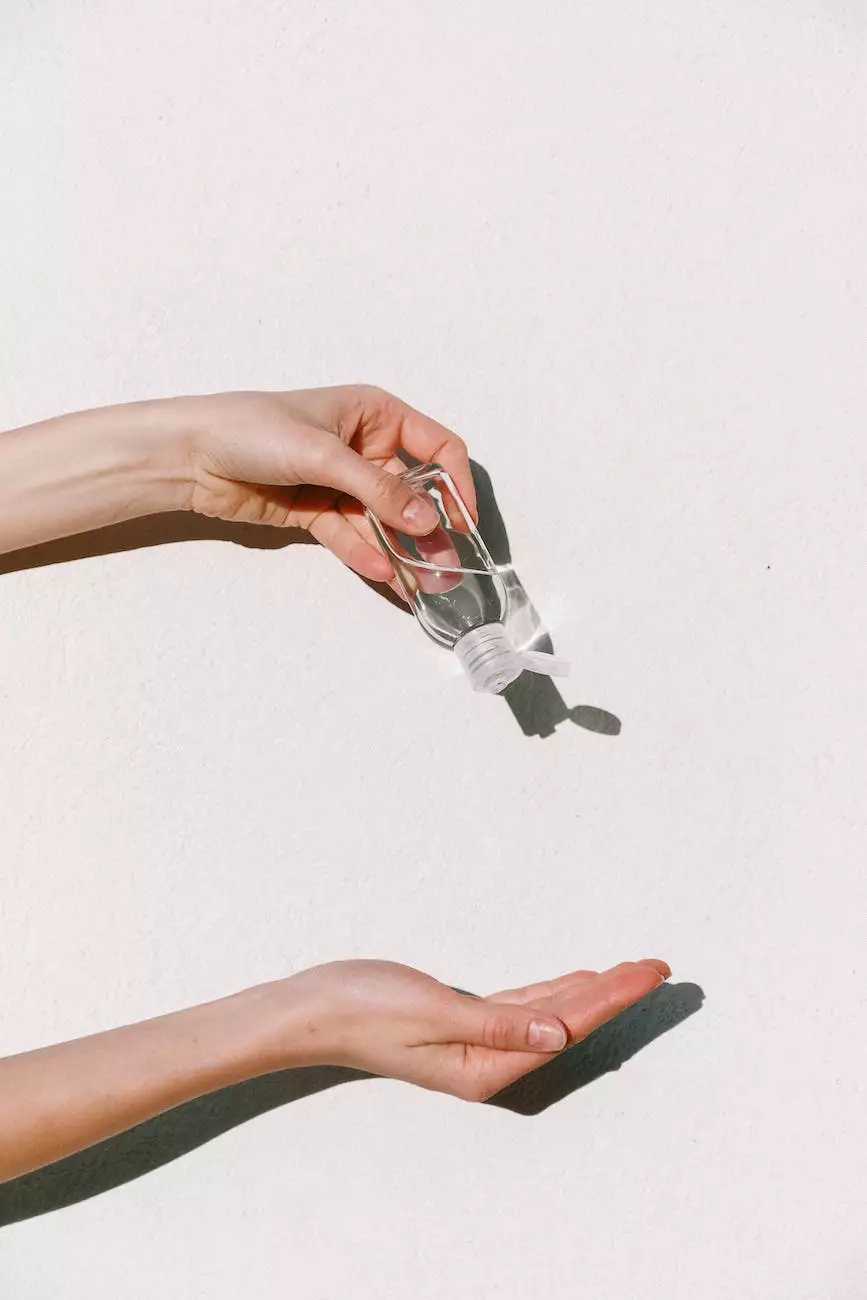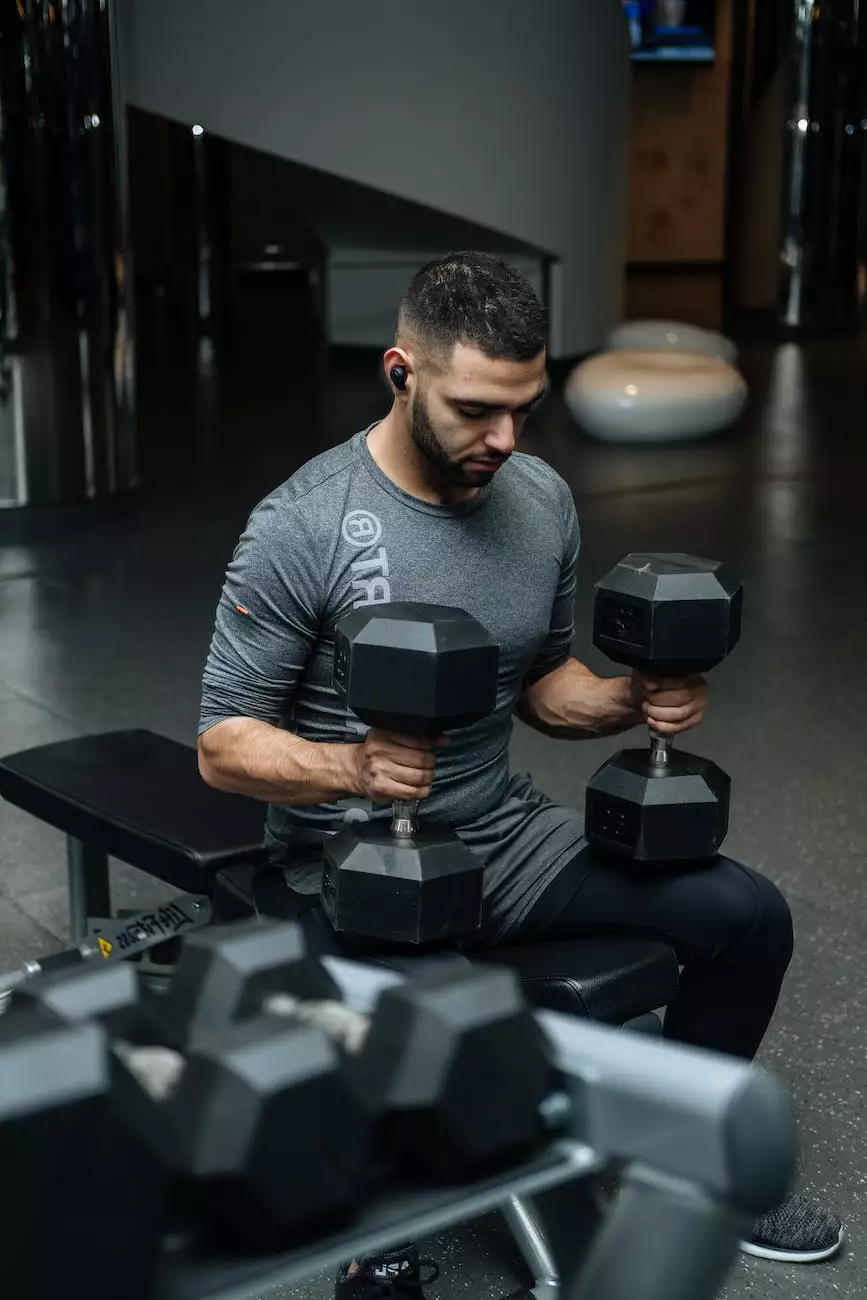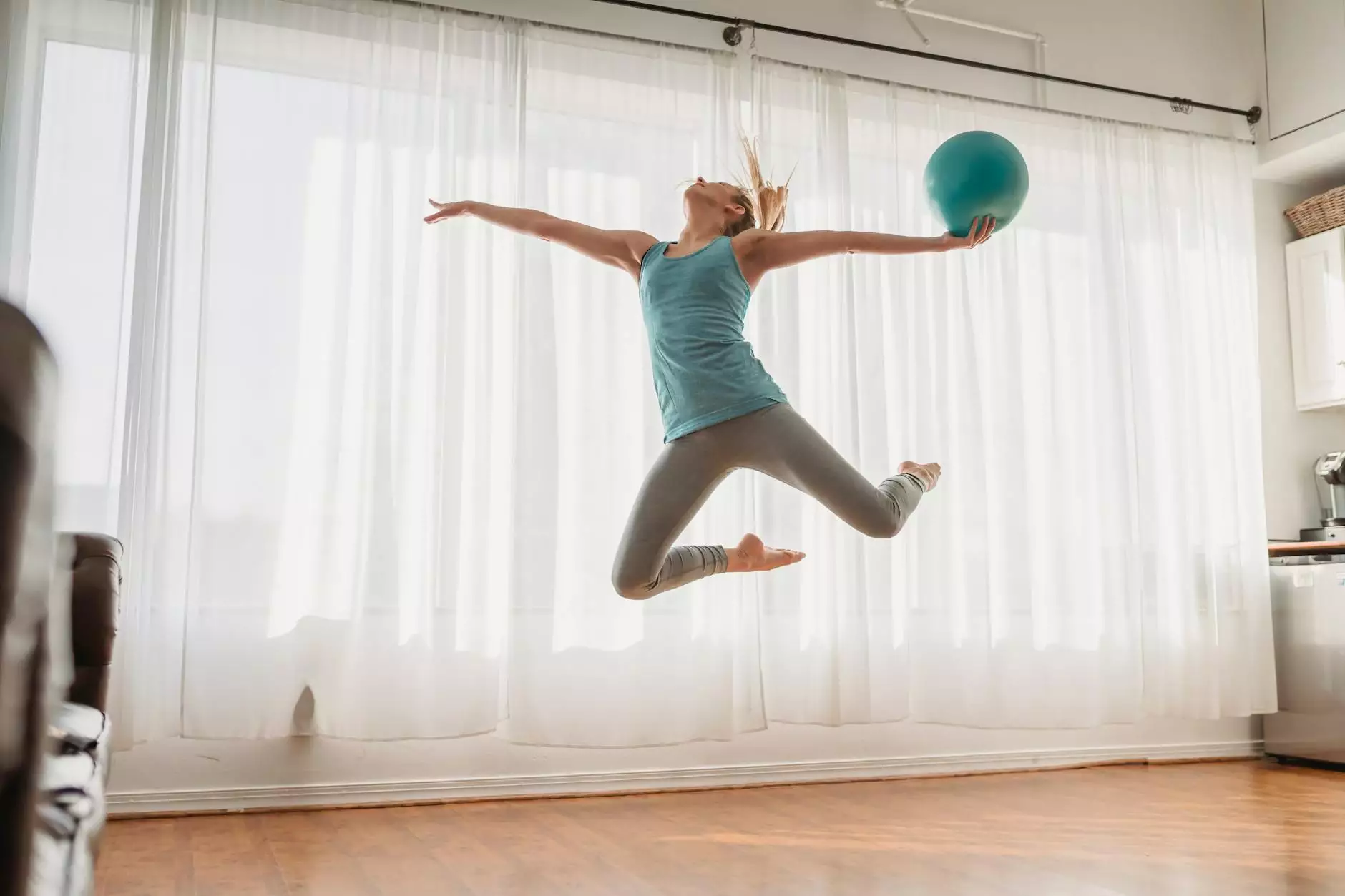Prevent the Ballet Pinch
Blog
Introduction
Welcome to Bowling Orthopaedics, a leading authority in orthopedic care for dancers. In this comprehensive guide, we will explore the topic of preventing the ballet pinch, a common condition that can impact dancers of all levels. We will provide valuable insights and expert advice to help you maintain optimal health and performance in your ballet practice.
Understanding the Ballet Pinch
The ballet pinch, also known as anterior impingement syndrome, is a condition that commonly affects ballet dancers. It occurs when the soft tissues at the front of the ankle joint become compressed, leading to pain and limited range of motion. This condition is often caused by repetitive movements and incorrect alignment, putting excessive stress on the ankle joint.
Prevention Techniques
Preventing the ballet pinch requires a multi-faceted approach that focuses on proper technique, strengthening exercises, and injury prevention strategies. Here are some key techniques to incorporate into your ballet training:
1. Correct Technique
Proper technique is crucial in preventing the ballet pinch. Ensure that you maintain correct alignment throughout your movements, paying special attention to your foot and ankle positions. Engage your core muscles and keep your weight evenly distributed.
2. Strengthening Exercises
Strengthening the muscles surrounding the ankle joint can help prevent the ballet pinch. Incorporate exercises that target the calves, shin muscles, and intrinsic foot muscles into your regular training routine. Examples include calf raises, toe curls, and ankle rotations.
3. Flexibility & Stretching
Maintaining adequate flexibility is essential to prevent the ballet pinch. Include stretching exercises that focus on both the calf muscles and the front of the ankle joint. Stretching should be performed before and after each practice session to improve range of motion and reduce the risk of injury.
4. Proper Footwear
Wearing appropriate footwear is important in preventing the ballet pinch. Choose ballet shoes that provide proper support and cushioning for your feet. Consult with a professional shoe fitter to ensure the shoes fit correctly.
5. Cross-Training
Engaging in cross-training activities can help prevent overuse injuries, including the ballet pinch. Incorporate low-impact exercises, such as swimming or cycling, into your routine to improve overall strength and cardiovascular fitness while giving your feet and ankles a break from repetitive ballet movements.
6. Rest & Recovery
Allowing adequate rest and recovery time is essential in preventing the ballet pinch. Listen to your body and avoid pushing through pain or discomfort. Incorporate rest days into your training schedule and consider regular visits to a physical therapist or orthopaedic specialist to assess and address any potential issues.
Conclusion
By implementing these prevention techniques, you can significantly reduce the risk of developing the ballet pinch. It is essential to prioritize your health and take proactive steps to maintain optimal physical condition throughout your ballet journey. Should you encounter any persistent pain or concerns, it is always recommended to seek professional advice from experts in orthopaedic care for dancers, such as Bowling Orthopaedics. Together, we can ensure that you can continue to dance with confidence, strength, and longevity.










